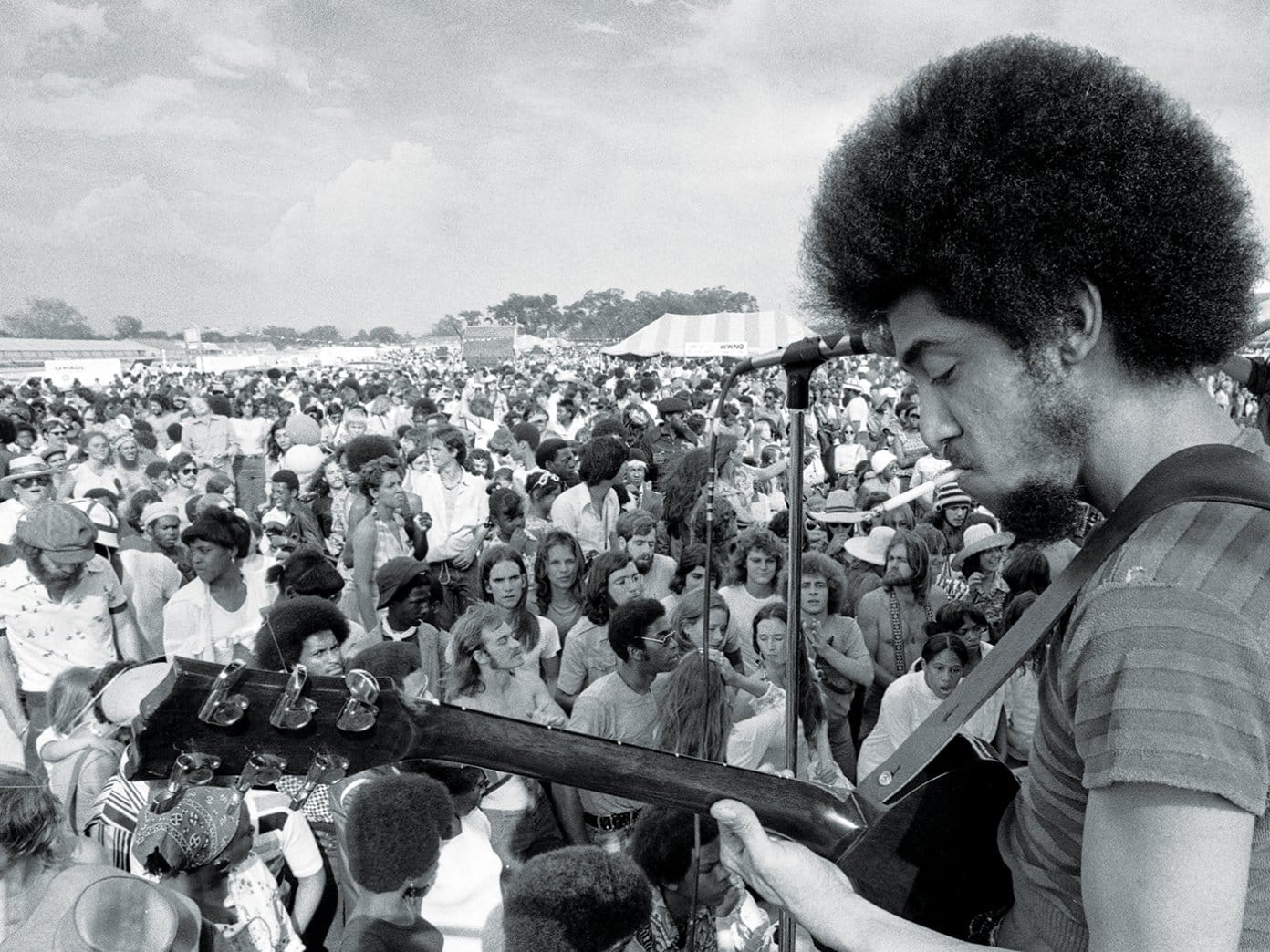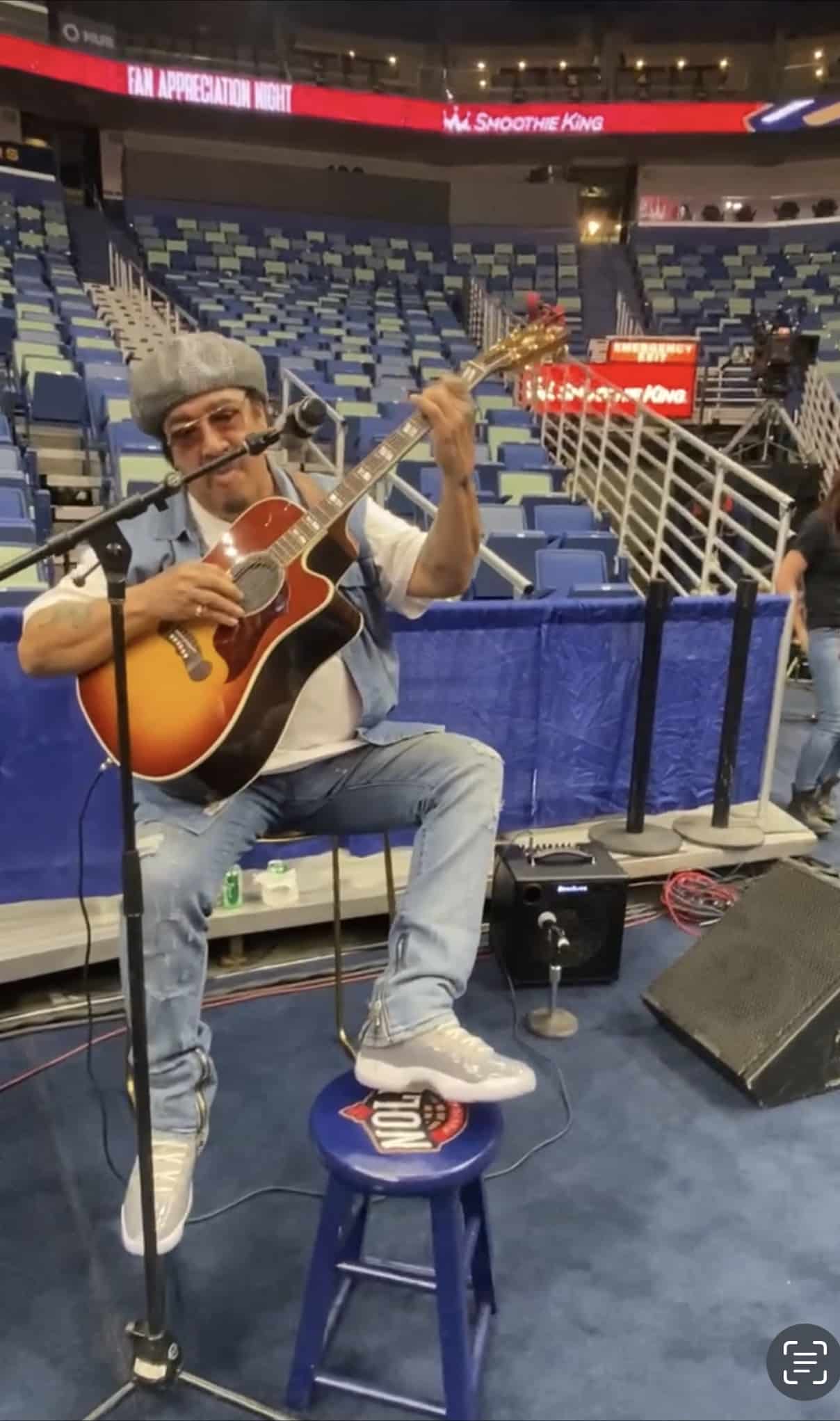A Conversation With Funk Legend Leo Nocentelli of The Meters
We sat down with Leo Nocentelli, legendary guitarist and founder of The Meters, to get his thoughts on his influence on younger generations, funk music today, and what he loves about his Henriksen amp.
How do you feel about the influence of your music, now, on multiple generations? 
Well, it’s hard to feel anything but gratitude, you know, because what I do and what I’ve done as a guitarist just came natural. It wasn’t planned or anything. So it’s kind of hard. To me, it’s like nothing special. There’s nothing special about what I, what I do, but I know it is at the same time. So when you hear people giving you a compliment like that—and I can actually hear it, the influence in some of the people playing that said that about me. I could actually hear it. Like I’m hearing myself.
It’s just a great feeling, a gratifying feeling, that I was able to give something, that my legacy will live on because people are not just going to be just saying this now. They’re going to be saying this after I’m gone. I know that’s going to happen long after I’m gone. Yeah. It’s a great feeling, man, to know that you’re going to leave a legacy.
It seems to me like over the past, probably five or so years, I’m seeing a big comeback in two things. One: instrumental funk is making a comeback with these young kids. Do you have any thoughts on that? Do you think that’s a cyclical thing or do you think it’s a lack of modern artists that are doing it well, so people were just going back to like a golden era?
I think man, every, you know, 20, 30, maybe 40 years, everything comes back in a full circle, man, you know, their old becomes a new. There’s a perfect example of an artist, who’s really one of the hottest artists out there—Bruno Mars. I mean, they’re like old, old school, big time, and people want to hear that.
They’re taking great soul, great lyrics, you know, great music, great chord progression and just adding a little bit of today’s studio technology and having it sound like today would, and even though they’re doing it now, you can still feel the old vibe and what they’re trying to do. They’re very intelligent. How are they doing it? You know, they’re not just taking the old song and just recording it. Bam. No, they’re really putting some thought in how we can make this old song sound like today.
Please tell us little bit about your Henriksen amp and what you like about it:
I did a presentation of the [Another Side] record at Jazz Fest last week, and it was an entirely acoustic record. And that was, you know, the first time that record has been performed on stage. The first time, man. And I’m just trying to see exactly what’s going to come from it. You know, whether or not there’s demand for me to go out and perform it. I don’t know how much demand there’s going to be, but I just knew that the people love it and that they can’t keep it in the stores. I’m looking forward to, to doing a lot of things. And like, and that’s where I think the amp will come into play because it’s such a clean sound, you know? And for acoustics, you know, the cleaner the sound the better. Yeah. And the 120 watt makes it really possible to use it because, you know, it’s really small, and you could take that small amp and use it in the stadium. And it holds maybe 50, 60,000 people.
I used it at a Pelicans game in New Orleans which meant about 60 to 70,000 people. And I did, I played, I played with, I played a song on it, on the brake and it just covered the whole, the whole thing, the whole arena. So it proved that you don’t really have to have nothing big because it’s powerful enough and it’s clean enough, right. It’s the perfect little amp to use, you know, especially for acoustic performances
And it doesn’t break your back right?
No, you don’t even need a tech guy. You can carry it yourself.
What guitar are you playing through it?
Well, you know, I’m using several. I have a Gibson acoustic. I have about three or four different ones I use from all these great companies.
It’s just an amazing little amp, man. I’m very fond of it. I’ve also used a pedal with it. You could use it for jazz, you could use it for acoustic because of the clean sound and the power that it has. But you could also, if you want to rock out on it, you get a great pedal, a great distortion pedal, and you know, it’ll work like that because of the distorted sound with that power. It just enhanced the pedal sound. The power that it adds to that pedal makes a difference. So you could even rock out on it. I wouldn’t, I wouldn’t restrict it to jazz or acoustic or whatever, I would just equate it to anything, any kind of music you want to play with that app.
Is there anything else that you want to say about the amp?
I’ll put it like this. I’m still experimenting with it. I’m looking forward to looking into more ways to use it, and if I find a way different way to use it, that nobody else has ever done, I want to say it. I want to let everybody know. Just like what I just told you just now, it’s built for jazz and now it might be noted for acoustic because of me, but I’ve also implemented the possibility of taking that little sucker and rocking out on it.
More about Leo Nocentelli:
51 years ago, Leo Nocentelli recorded his first solo album, only for the tapes to get lost among the wreckage of Hurricane Katrina before they could ever be released. Thought to be gone forever, the tapes resurfaced in 2018 at a California flea market. The long-lost solo album, titled Another Side, was later released in 2021.
To learn more about Leo Nocentelli and keep up with his latest work, make sure to visit his website: https://leonocentelli.com/

